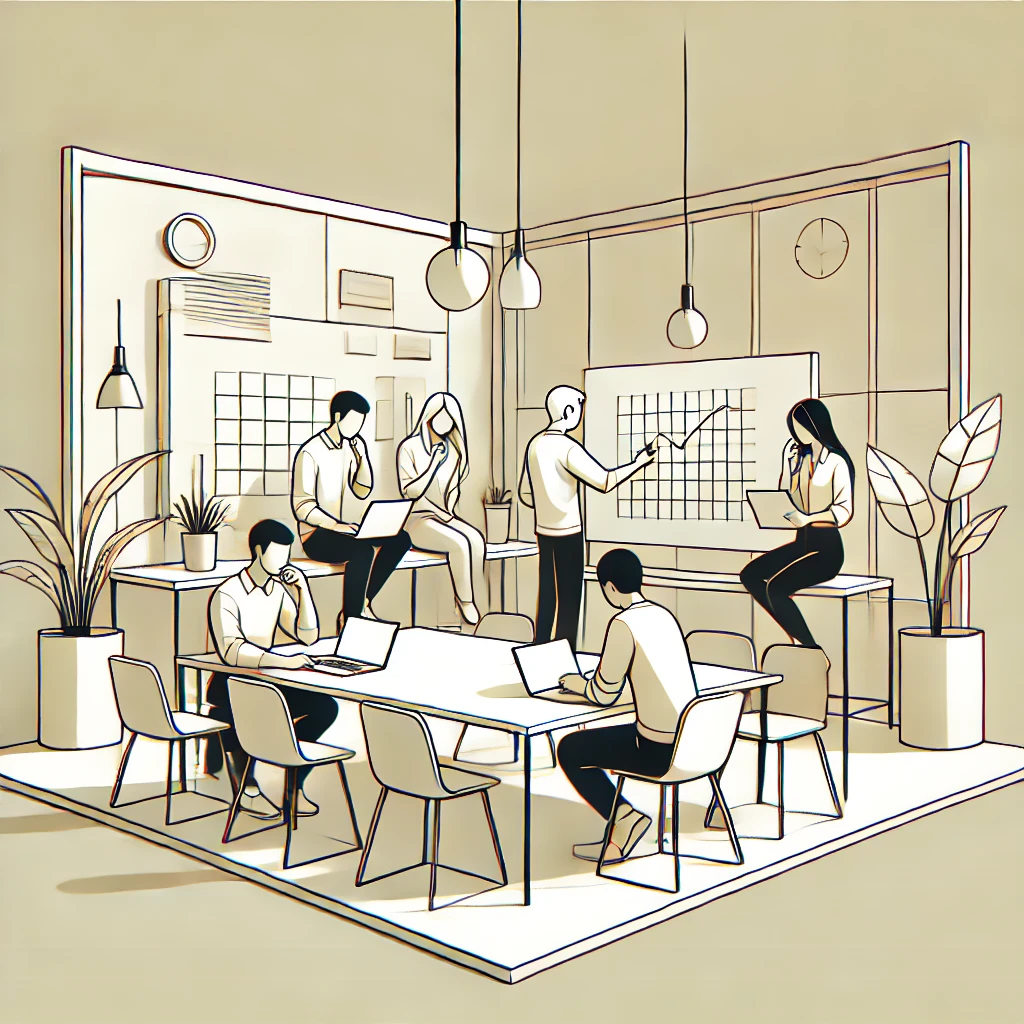Work integrated learning (WIL) is an educational approach that blends academic studies with practical work experience. It provides students with a chance to apply theoretical knowledge in real-world settings, making the transition from classroom to career smoother and more effective.
What is Work Integrated Learning?
At its core, WIL involves students engaging in work placements, internships, co-operative education, or project-based learning experiences. This integration not only enhances learning but also equips students with essential workplace skills such as teamwork, communication, and problem-solving.
A Brief History
The concept of work integrated learning has evolved over decades. Initially, vocational education programs were the primary source of practical training. As industries became more dynamic, the need for a more comprehensive educational approach emerged, blending theoretical coursework with hands-on experiences. By the late 20th century, many higher education institutions had adopted structured WIL programs, recognizing that early exposure to professional environments better prepares graduates for the challenges of the modern workplace.
Benefits for Students
WIL offers a multitude of advantages:
- Enhanced Employability: Students gain practical skills and industry insights that set them apart in the competitive job market.
- Networking Opportunities: Working closely with professionals and peers allows students to build valuable relationships and receive mentorship.
- Career Exploration: Through real-world experiences, students can better understand their career interests and make informed decisions about their future.
- Immediate Application of Learning: Integrating classroom theories with practical application reinforces knowledge and deepens understanding.
- Increased Confidence: Engaging in workplace challenges helps build self-assurance and adaptability, crucial traits for career advancement.
Challenges to Consider
While the benefits are significant, there are challenges that students should be aware of:
- Balancing Responsibilities: Juggling academic commitments with work placements can be demanding and may require strong time management skills.
- Varied Quality of Placements: Not all work experiences are created equal. Some placements might offer limited exposure or support, which can affect learning outcomes.
- Adjustment to Workplace Culture: Transitioning from an academic environment to a professional setting may involve overcoming cultural and procedural differences, which can initially be intimidating.
- Accessibility: Some students may find it challenging to secure placements that align with their career goals, particularly in competitive industries.
Our Solution: The Way Forward
We provide students with AI-assisted WIL opportunities that are confirmed by top experts in the field. You can attempt these projects no matter where you are. You can try several projects from different roles and industries and get a feeling of the real world, helping you to make a better decision in choosing your future job. We assist you in getting internship positions and graduate jobs from a range of employers that we work with.
For students eager to take full advantage of WIL, preparation and proactive engagement are key. Start by researching potential placements and seeking advice from career services. Develop soft skills such as communication and problem-solving to better navigate workplace challenges. Institutions, on their part, should continue to build strong relationships with industry partners and offer support systems to help students maximize their learning experiences.

